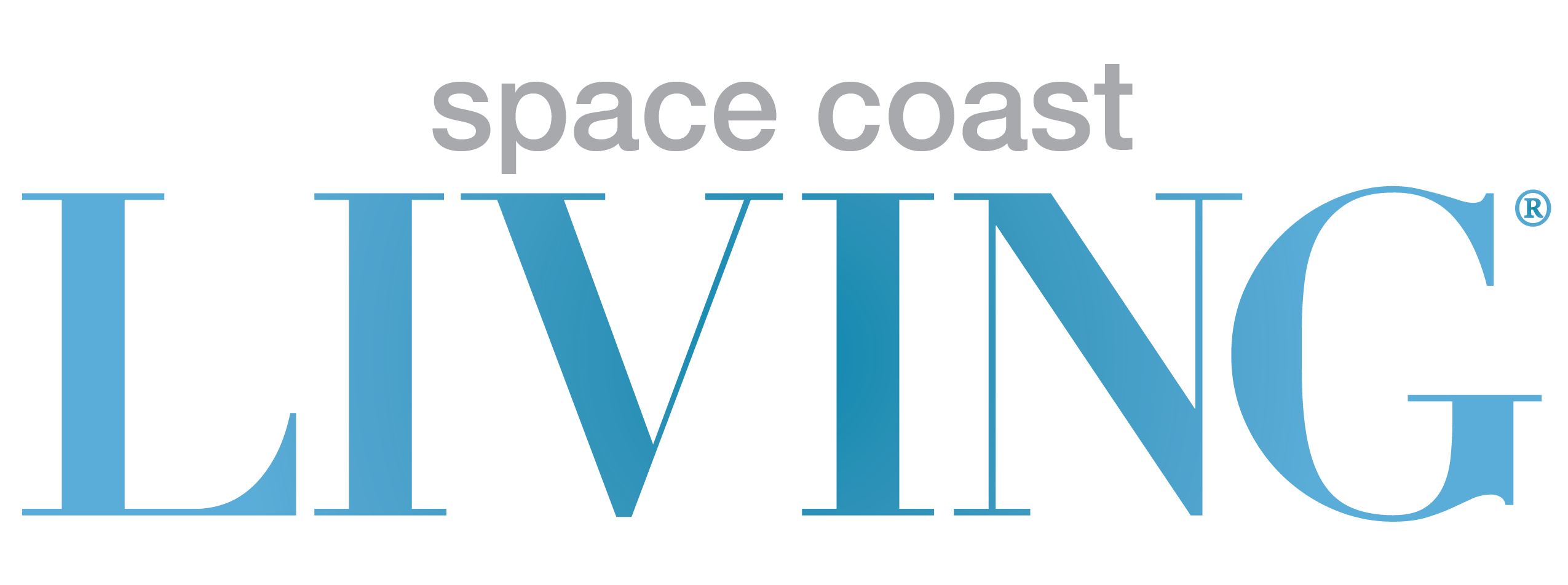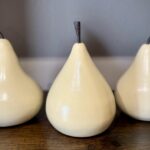
By Shawna Serig Kelsch
Thinking back over the past year, Carla Funk draws a long breath and casts a thoughtful, distant gaze.
The director of University Museums at Florida Institute of Technology, including the Foosaner Art Museum and Renee Foosaner Education Center in downtown Eau Gallie and the Ruth Funk Center for Textile Arts on the Florida Tech campus, has weathered loss and gain. Both personally and professionally.
In the spring of 2015, Funk – and the community at large – lost two arts allies when Ruth Funk (no relation) and Link Johnsten passed away. Her mother also passed during this time.
Ruth Funk was a mentor, friend and benefactor of the textile arts center created in her name. Johnsten was a “creative cohort and ally [of the museums] in every way.”
Listening to her story, I am immediately reminded that with art, often there is struggle. And also, abundant hope.
A Year of Growth
The year has not been without extraordinary merit. Funk is very proud of her hard-working, professional team – a full-time staff of ten. In addition, Funk cites an increase in funding streams for special projects and community awareness through sizeable donations from individuals, corporate sponsorships and Dancing with the Space Coast, hosted by the Brevard County Sheriff’s Office.
“We received a direct gift of $65,223.69 from the Dancing fundraiser, and I am so grateful that they recognized the significance of art in the community,” she said.
Moreover, Funk and the museum advisory council realized a dream that was long in the making when admission to all exhibits, for all people, was made free of charge in March.
“We’ve seen an annual increase in attendance of 25 percent since last year,” she said.
Outreach efforts have been made as far south as Vero Beach and as far west as Orlando. Since the Foosaner is one of the few established art museums in the Central Florida region, it’s important that nearby communities of people know more about what’s happening there.
“Our focus at the Foosaner is to highlight local artists, while still providing access to globally recognized artists, to balance community and academic offerings.”
In 2016, the museum did just that with exhibits that included Frida Kahlo: Through the Lens of Nickolas Muray, an exhibition of photographic portraits of Mexico’s most prolific and well-known female artist in January; Ukiyo-e to Shin Hanga: Japanese Woodcuts from the Syracuse University Art Collection in March; and an interactive and entertaining show that ran from May through August titled Pop Artists and Friends: Works from the Permanent Collection.
What it Takes, Every Day
The Foosaner exhibition schedule is a combination of shows curated “in-house” and rented traveling exhibitions. The galleries of the museum, six in all, encompass 7,500 square feet of space that rotate exhibits along with the 5,000 pieces in the permanent collection of the museum. Inside, a gallery store is dressed differently for each exhibit. That thoughtful approach catches many off guard, as it did me during the Frida Kahlo exhibit when the space – covered in colorful wallscapes and hand-cut paper art, custom jewelry, flowered head pieces and art tailored to match the exhibit – drew crowds of people visibly awed by the creativity and bright, beaming hues.
“We view the gift shop as an artistic extension of the galleries and work with local artists to customize the space,” Funk said.
Although museum admission is free, memberships (starting at $25) help defray the cost of daily operations. “The best deal for people is the $100 Patron membership,” Funk explained, “which provides family membership to ours and 800 other art museums” across the U.S., Canada, Mexico and El Salvador.
Leading a team of 60 volunteers to manage the gift shop, education center, reception/admission and docent activities is part of the daily duties in overseeing a community art museum. Maintenance and upkeep are quite another, and often are completed behind the scenes while the art goes on. For example, from January through September, the main gallery space was screened off from the public during renovations and the cleansing of art in the permanent collection, a painstaking process that required laser-focused work using the latest methods in art preservation and restoration.
Forward Thinking
Looking ahead, Funk is optimistic about raising awareness and bringing relevant art exhibits to the community that continue to strike a balance between locally-produced and internationally-recognized art.
“I’d love to bring, for example, a Chagall exhibit here,” she said, “and I know it would be well received, but at the moment it’s just too cost-prohibitive.” (To put on such an exhibit would likely cost at least $250,000, requiring a sizeable donation or an exhibit sponsor.)
For the coming months, Funk and her team of volunteers, artists, patrons and advocates, as well as museum-goers who will have everyday access to the art on these walls, will instead content themselves with the changing exhibits, regular community gatherings (First Friday Jazz jams in the Harris Auditorium with live music and cocktails), and special events such as April in Paris and the revered, outdoor French Film Festival, also in April.
Locations
Foosaner Art Museum is located at 1463 Highland Ave., Melbourne. Open to the public Wednesday – Saturday from 10 a.m. to 4 p.m., admission is free. Contact: (321) 674-8916.
The Renee Foosaner Art Education Center is located directly across the street at 1520 Highland Ave., Melbourne. Hours vary, classes are fee-based. Call for details, (321) 674-8923.
Ruth Funk Center for Textile Arts is located on the campus of Florida Tech at 150 W. University Blvd., Melbourne. Open to the public Tuesday – Friday from 10 a.m. to 4 p.m. and Saturday from 12-4 p.m., admission is free.
Contact: (321) 674-8313.




